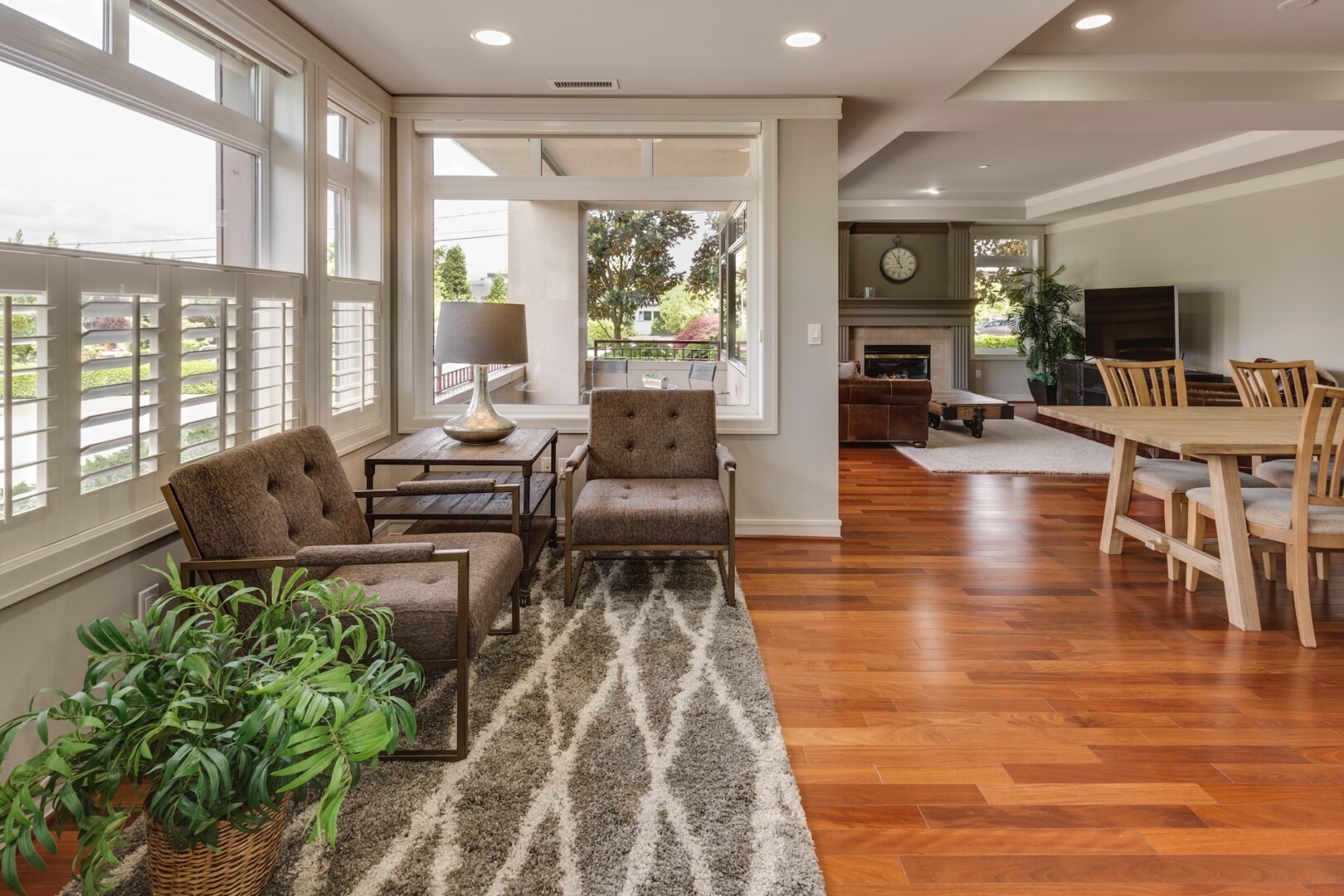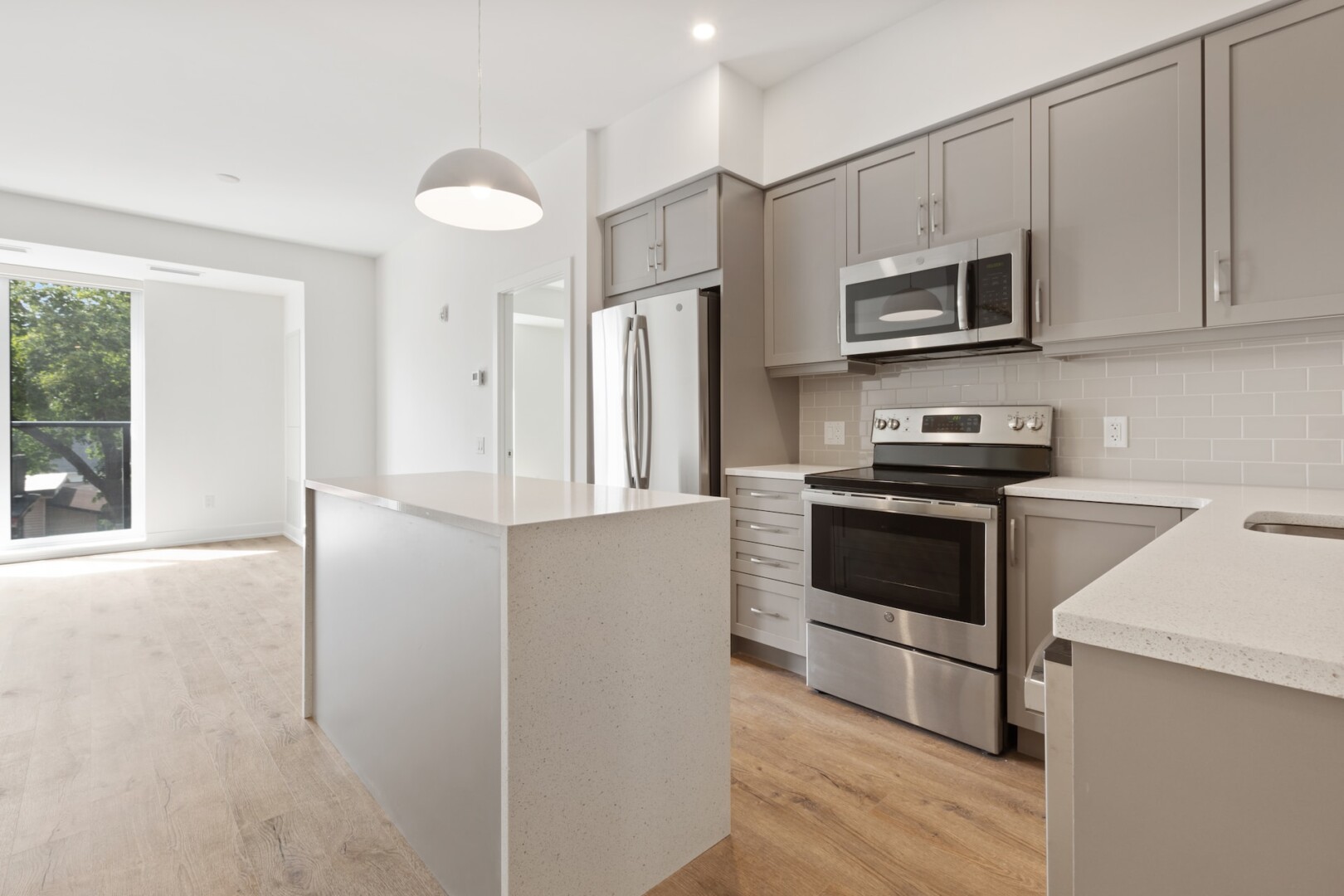Last updated: 05/09/2025
With the UK’s HMO (Houses in Multiple Occupation) sector now valued at over £78 billion and an estimated 182,500+ HMOs in England and Wales, the HMO property market is an undeniably enticing prospect. However, like any real estate market, would-be investors should carefully weigh whether an HMO investment is right for them before committing.
To help with this, we’ve outlined the key pros and cons of HMO property investment, offering clarity on what to expect. With over 20 years of hands-on experience, we’re here to share the insights you need to feel confident about your investment decisions.
HMO investment guide

What is HMO investment?
HMO stands for House in Multiple Occupation. HMO investment is simply the process of buying one of these properties to make money. Most people do this by becoming a landlord and renting out each room individually.
The properties themselves are just residential houses or apartments where several tenants live. While each tenant has their private bedroom, they share communal spaces like the kitchen and living room. Because they offer affordable and convenient living, HMOs are a popular choice for tenants, including students, young professionals, and many others looking for shared accommodation. This diverse tenant base can also include dedicated demographics, such as asylum seekers in government-backed housing, offering investors a stable and secure rental income.

What we like about HMO investment
At Alesco, we’ve spent more than two decades helping investors navigate the property market, and over that time, we’ve come to see a clear set of advantages that consistently make HMOs an exceptional choice. For us, the decision to invest in an HMO comes down to several key benefits that directly impact your bottom line.
1. Higher rental yields
HMO properties consistently generate significantly higher rental income compared to traditional single-family homes. This is because you can charge rent for each room, substantially increasing your overall rental yield. The average HMO yields over 7% higher rental returns than traditional buy-to-let properties.
2. Reduced vacancy risk
With multiple income streams from multiple tenants, the risk of a complete loss of income is significantly lower. Even if one room is vacant, the income from the remaining tenants can help cover expenses, ensuring a steady and resilient income stream during void periods.
3. Exceptional capital appreciation
HMO properties have a strong track record of appreciation. Because they offer more income streams and higher yields, they are often valued at a premium by other investors. Research has shown that a well-managed HMO is worth up to a third more than a comparably sized single-unit house.
4. Flexibility in rental growth
Unlike single-family homes, where you must wait for the entire tenancy to end, HMO landlords have greater flexibility. Rent can be adjusted on a per-room basis each time a new tenant moves in, allowing for more frequent opportunities to increase rental income based on current market demand.
5. Potential tax efficiencies
Investing in HMOs can offer several tax advantages. As a landlord, you may be able to claim a range of deductible expenses related to property maintenance, utility costs, and management fees, which can improve your overall profitability and net returns.

HMO investment profitability
HMOs (Houses in Multiple Occupation) can be highly profitable. With rental demand continuing to rise in many UK cities, particularly among students, young professionals, and key workers, well-run HMOs often achieve higher yields than standard buy-to-lets.
One of the main attractions is rental efficiency. Instead of letting a whole property to one household, landlords rent out individual rooms, which can significantly increase total rental income. Even with slightly higher voids, overall returns usually remain stronger than single-let properties.
Tenant demand is also resilient. In 2025, with affordability pressures in the housing market, more renters are turning to HMOs as a cost-effective housing solution. This creates a steady pool of potential tenants and helps maintain high occupancy levels.
Returns are competitive. Depending on location and management, HMOs can deliver annual yields of around 8–12%, often outperforming traditional buy-to-lets. While running costs are higher, the uplift in rental income typically offsets these expenses and supports long-term profitability.
Finally, investors have flexibility. Some take a hands-on approach, directly managing tenants to maximise margins, while others choose to work with specialist HMO management companies. The latter makes the investment more passive while still offering strong returns.

HMO investment: areas of consideration
Before getting started with HMO property investment, it’s important to weigh up the challenges that come alongside the potential rewards. The first is regulation. In 2025, the landscape is tightening with the Renters (Reform) Bill coming into full effect. Section 21 evictions are being abolished, landlords must register on a new national portal, and local councils are being given more power to expand licensing schemes. This makes compliance more complex, time-consuming, and essential.
Investors should also be prepared for higher upfront costs. HMOs are usually fully furnished and must meet strict safety and amenity standards. That means budgeting for furniture, compliance upgrades, and in some cases, conversion work before a license can be granted.
Management is another key consideration. HMOs typically involve higher tenant turnover, shared-space maintenance, and conflict resolution between renters. With new rules such as Awaab’s Law, which sets stricter deadlines for fixing issues like damp and mould.
The increased use of shared spaces also means higher wear and tear, so landlords should factor in ongoing maintenance and repair budgets to protect long-term profitability.
Finally, financing can be a hurdle. Lenders often require deposits of 25–35% for HMO mortgages, alongside stricter underwriting criteria. This reflects the added risks and responsibilities compared to standard buy-to-let properties.

Unlock stronger returns through HMO property investment
HMOs can be a highly rewarding investment, often delivering stronger yields than traditional buy-to-lets. The numbers speak for themselves: rental income from multiple tenants typically generates far higher returns than letting a property to a single household. While there are risks to consider, for many landlords the advantages outweigh the challenges, particularly when supported by the right guidance.
That said, success with HMOs requires careful planning and execution. Before you invest, it’s crucial to define your goals. Are you focused on consistent rental income, long-term capital growth, or both? While HMOs are excellent for cash flow, appreciation will depend heavily on location and market conditions. It’s also important to consider your risk tolerance, as HMOs come with added responsibilities and potential management challenges compared to single lets.
Thorough market research is another essential step. You’ll need to assess local demand, demographics, and amenities to ensure your property attracts the right tenants. Just as importantly, planning an exit strategy from the outset helps you prepare for the unique challenges of selling HMOs further down the line.
This is where Alesco can make a difference. With decades of experience, exclusive access to high-performing opportunities, and in-depth market insights, we’ve helped countless investors build profitable HMO portfolios. From due diligence and licensing to compliance and acquisition, we guide you through every step of the process — so you can invest with confidence and maximise returns.
Contact us today to learn more about how we can help you turn HMO opportunities into long-term success.

Written by: Ben Whitaker
Experienced professional working in the real estate investments sector. Assisting and advising clients on the acquisition of property across a range of asset classes, with view to achieving robust return on investment.

